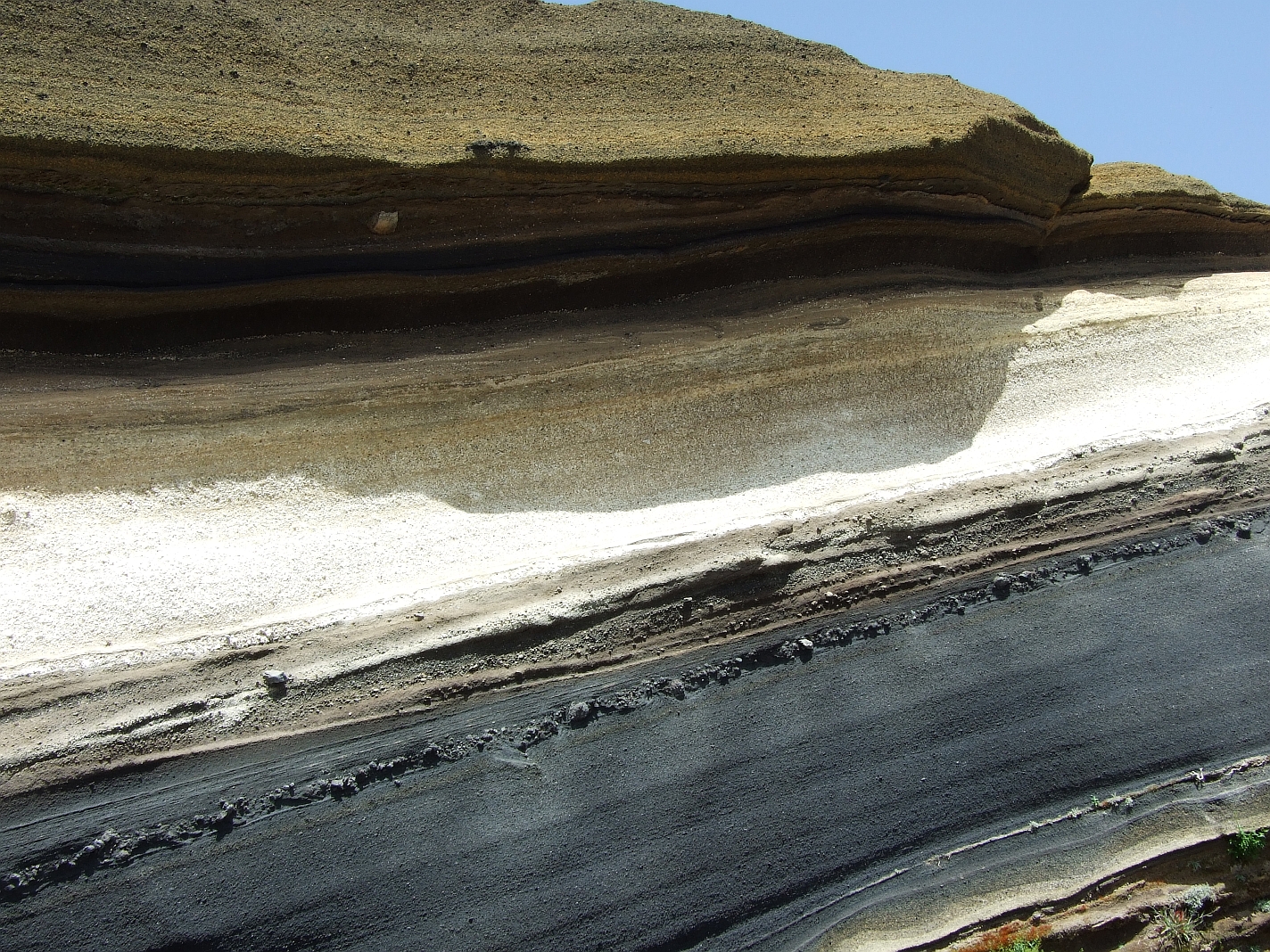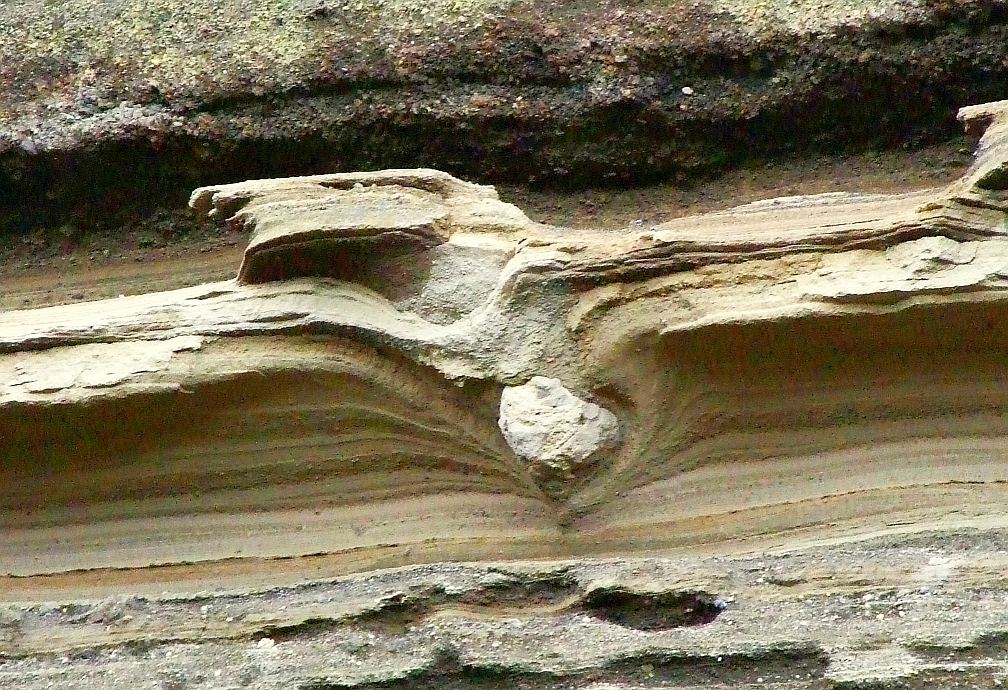What exactly is Geoheritage?
The term geoheritage has been around since the 1990s with various definitions contributed by geoscientists and researchers to describe the concept of geoheritage.
In recent years the geoheritage brand has become an umbrella for the overall geodiversity of a region but remains the subject of debate between the defenders of the purely geological heritage and the supporters of the combined diversity of the geological, geographical, and geocultural heritage of a region.
From a personal viewpoint, for this website and future publications the concept of geoheritage refers to the collective heritage of natural and cultural geosites, especially as they are related to volcanic and hydrothermal environments.
Yet, many geologists continue to keep a strong focus on the geological aspects of natural heritage sites.
Nevertheless, the American National Park Service (2021) has defined the term geologic heritage (geoheritage) as encompassing ‘the significant geologic features, landforms, and landscapes…including scientific, aesthetic, cultural, ecosystem, educational, recreational, tourism, and other values’.

Volcanic ash layers in Tenerife
Geodiversity - The Natural and Cultural Geoheritage of Volcanoes
The geodiversity of a region is the overarching element of all natural and cultural heritage, both geographical and geological. The management of geoparks and the conservation of geosites should go hand in hand, while geotourism is a tool for education about the natural as well as the cultural heritage.

Volcanic ash layers with drop stone in Australia (Tower Hill, Victoria)
As a result of the wider acceptance and integration of non-geological geodiversity elements, geoheritage has been separated into categories that identify and acknowledge the overall geodiversity, which apart from important geoscientific sites also includes the cultural, aesthetic, and educational value of a geosite.
The geodiversity of volcanism and the related hydrothermal manifestations are preserved in many protected sites such as National Parks, Global Geoparks, and World Heritage Areas.
 - mod - seven sisters.jpg?1692573786220)